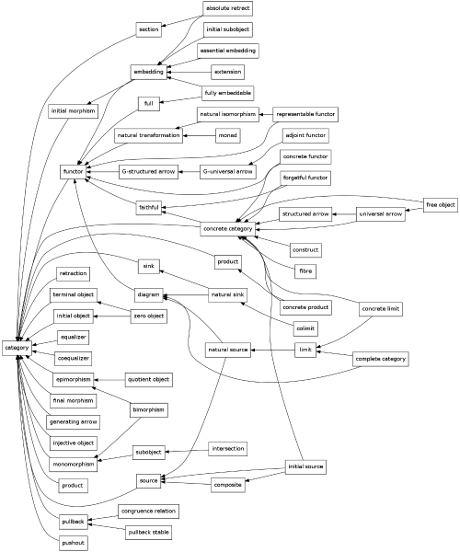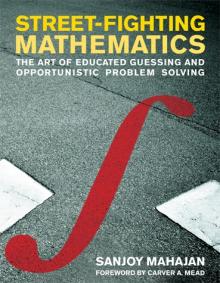From About MathB.in:
MathB.in is a website meant for sharing snippets of mathematical text with others on the web. This is a pastebin for mathematics. This website was born out of a one night hack on Sunday 25, 2012.
Posting and sharing
A new post can be composed by visiting the home page and writing or pasting code in the box on the left hand pane of the page. Once a post is composed and submitted, the page is saved and it becomes accessible with a new unique URL. The new page looks similar to this page and it has a unique URL of its own. The URL can be shared with anyone on the web and he or she will be able to visit your post.
Code
The post can be composed in a mixture of plain text, LaTeX, Markdown and HTML. HTML tags commonly used for formatting text elements are supported. For a demonstration on how LaTeX is rendered, see the demo page. To quickly get started with posting math, see the tutorial.
Bug reports and suggestions
If you come across any bugs, or if you have any suggestions, please email Susam Pal at susam@susam.in or report an issue at https://github.com/susam/mathb/issues.
Your mileage will vary but drawing on Principia Mathematica without citation will leave any government agents tracking your posts in the wilds of 20th century logicism. Unlikely they will damage anything.
If your Principia notation skills are weak, consider The Notation in Principia Mathematica to translate proofs into late 20th century logic notation.


